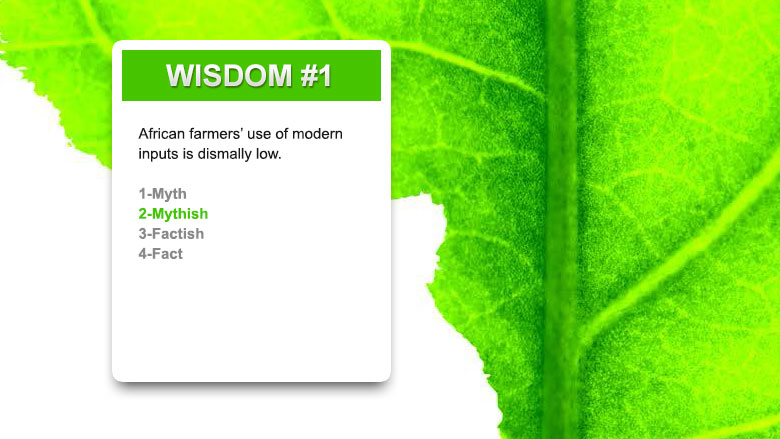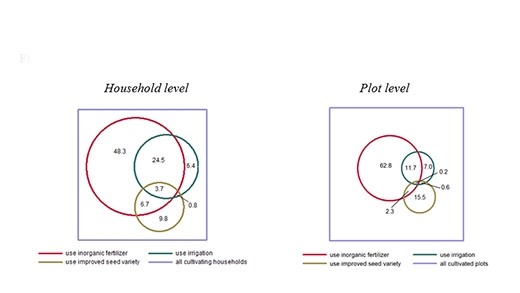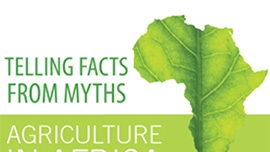COMMON WISDOM #1: African farmers’ use of modern inputs is dismally low.
SCORE: 2 -
FINDINGS:
- Chemical input use is not as low as is often assumed
- Irrigation and tractor use is negligible
- Input use varies strikingly within countries
- Modern inputs are often not combined to reap agronomic gains
- Input intensification is happening for maize in particular
- Larger farms and plots receive inputs less intensively
- Input application does not adjust to farmer-perceived soil quality
- Few households use credit to purchase modern inputs
- There are gender differences in input use
- National-level factors explain bulk of modern input use variation
In sum, modern input use is not as low as is commonly believed, but there is room for considerable improvement, in both the level and method of input use. Although the conventional wisdom remains largely true, some movement is occurring on Africa’s agricultural input front.
POLICY MESSAGES
The central message is that governments need to build on and learn from these achievements. Our findings open up a range of important new policy research questions amenable to further exploration.


